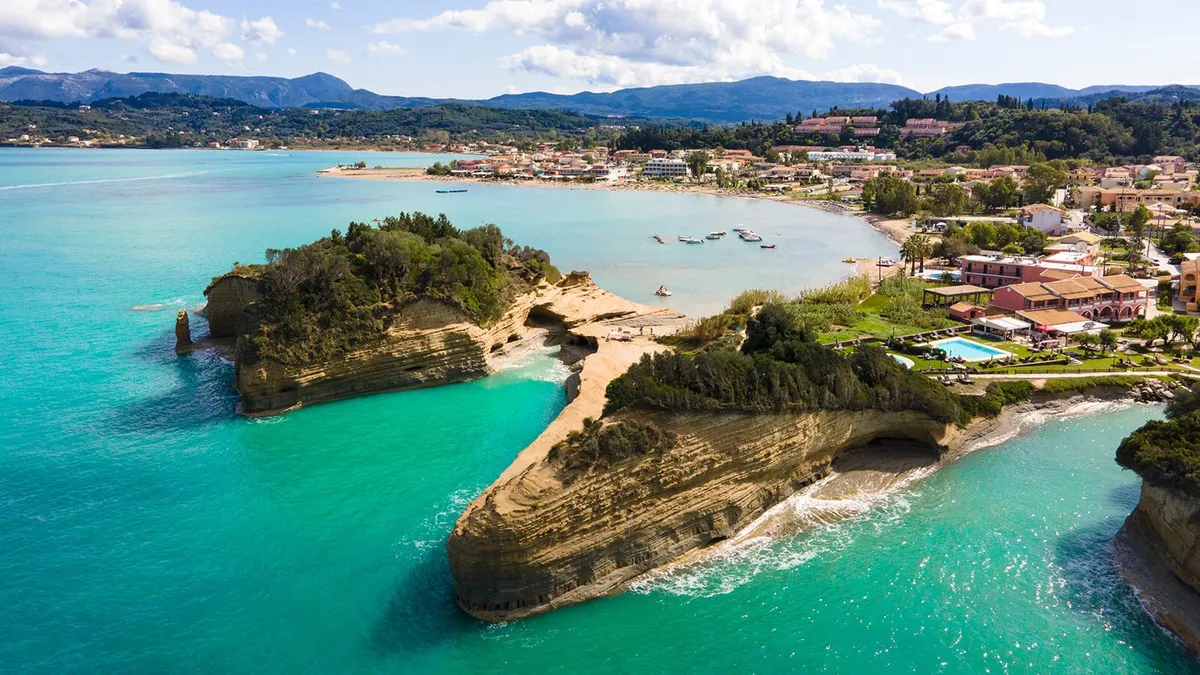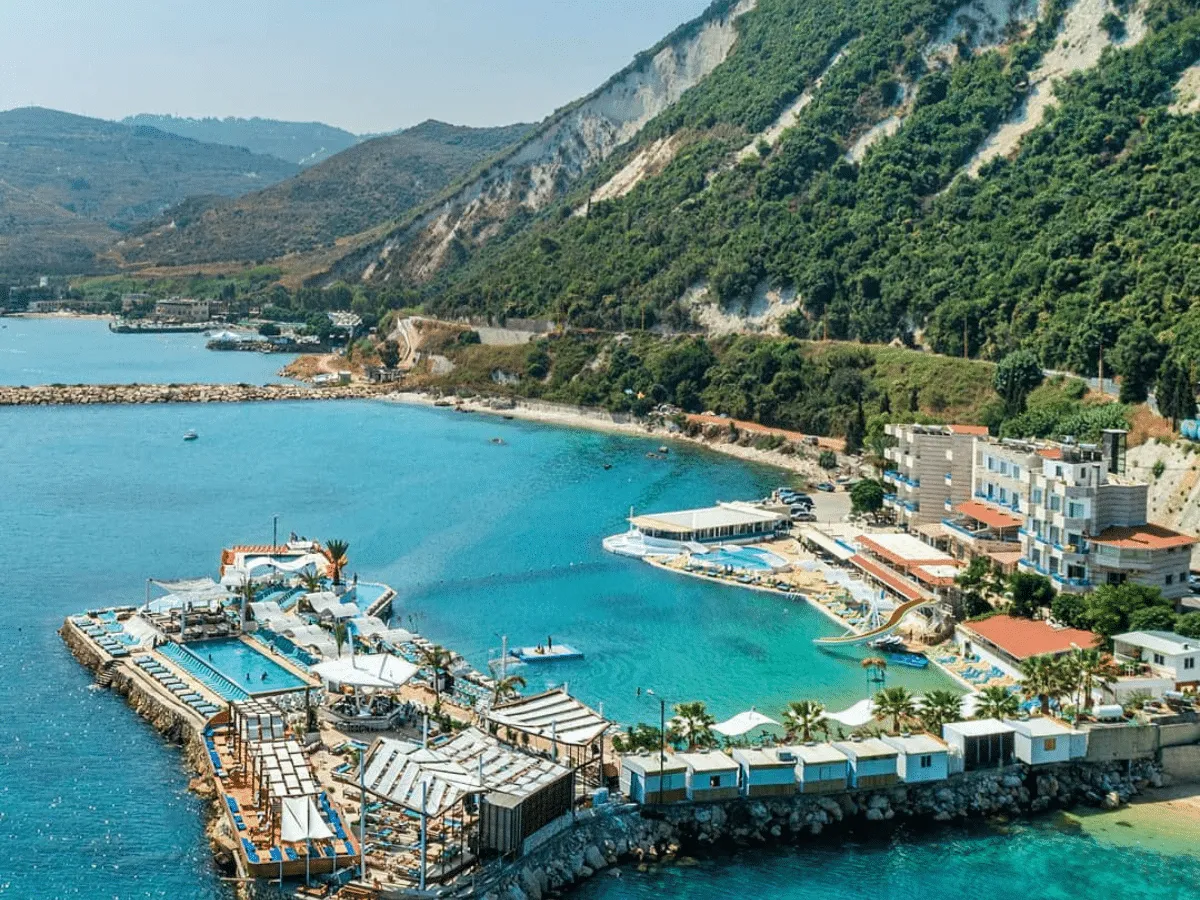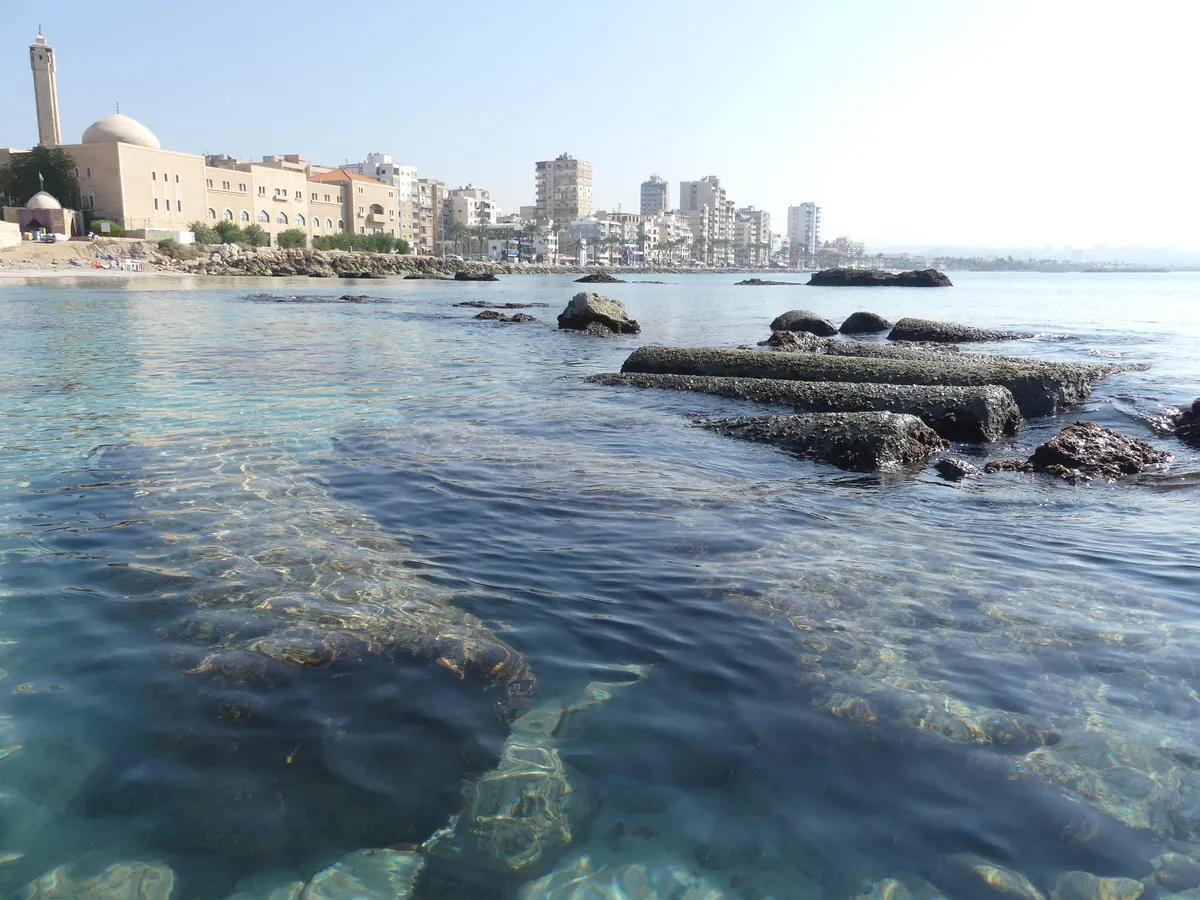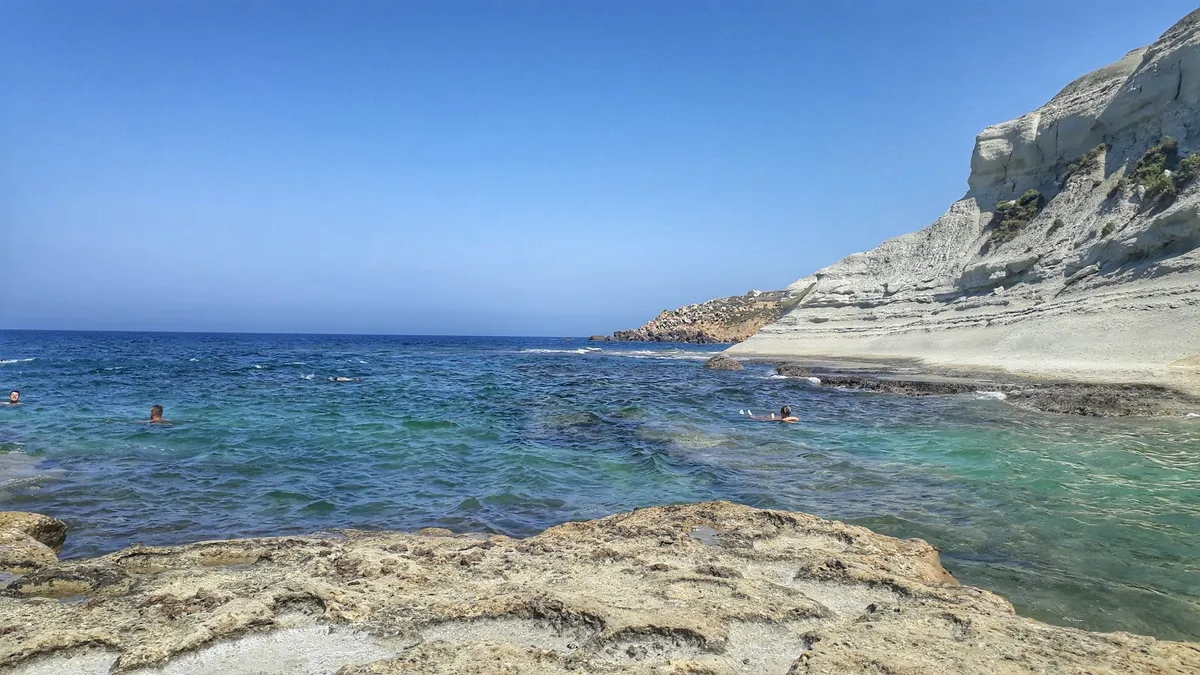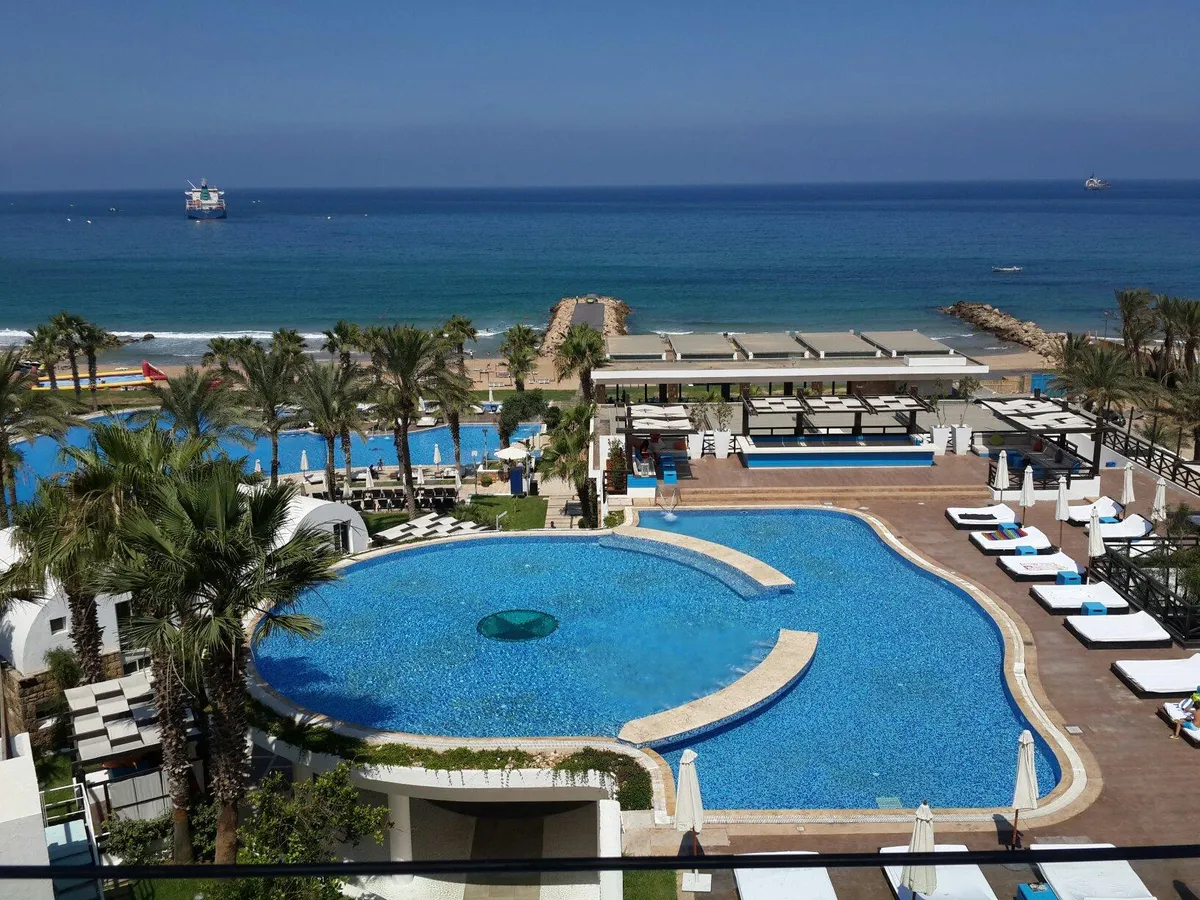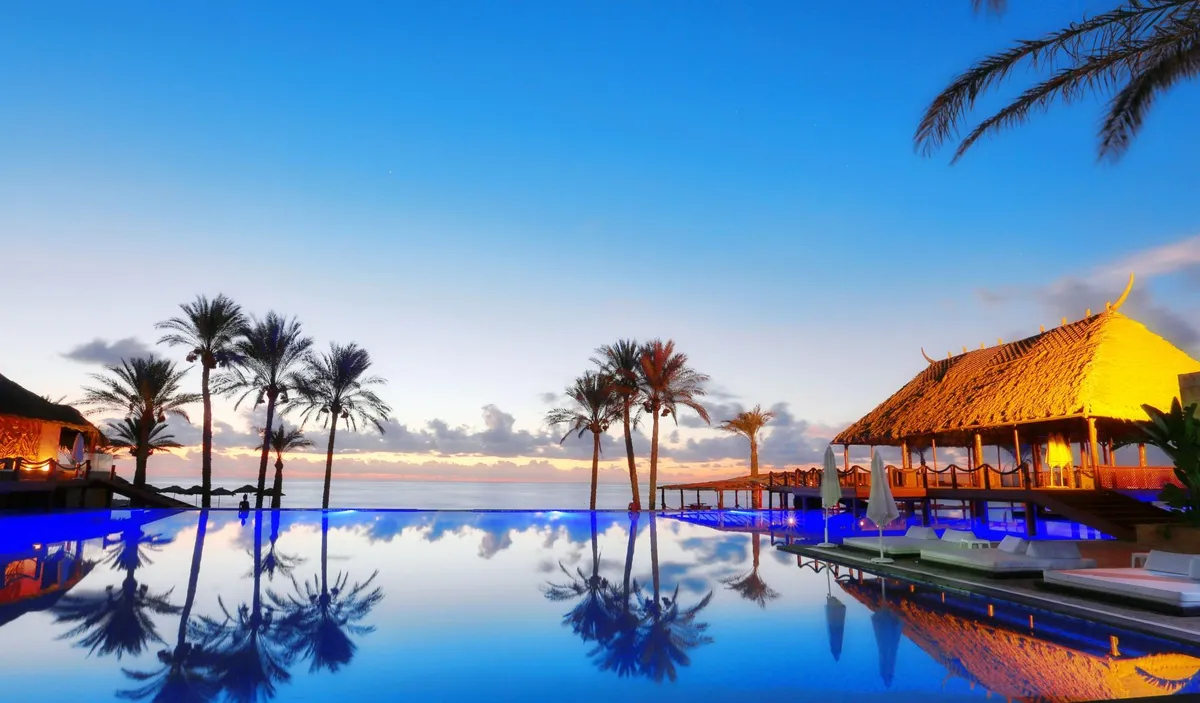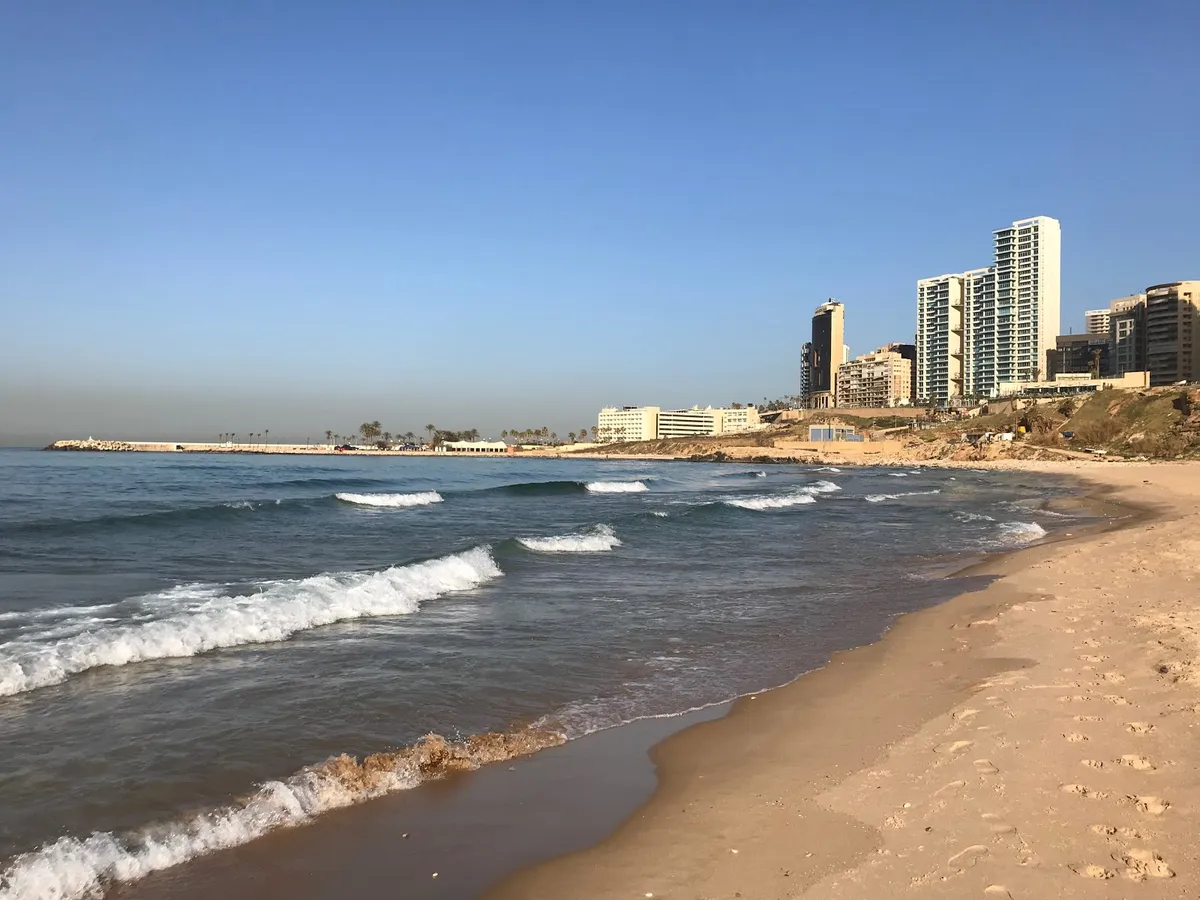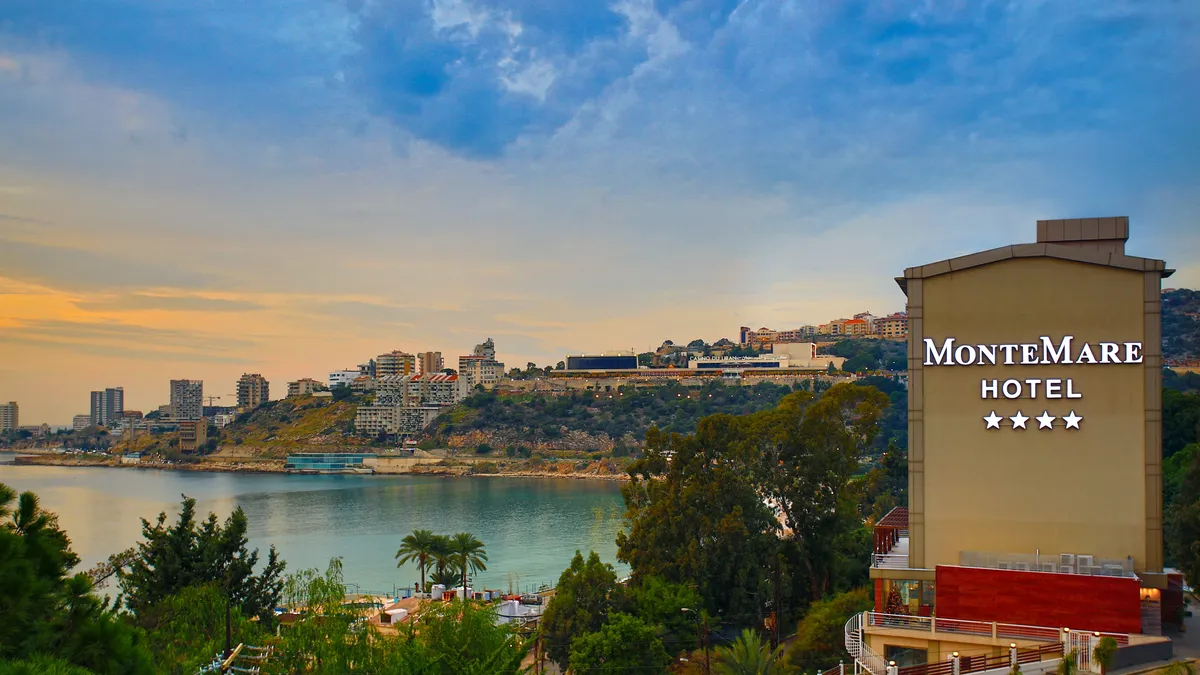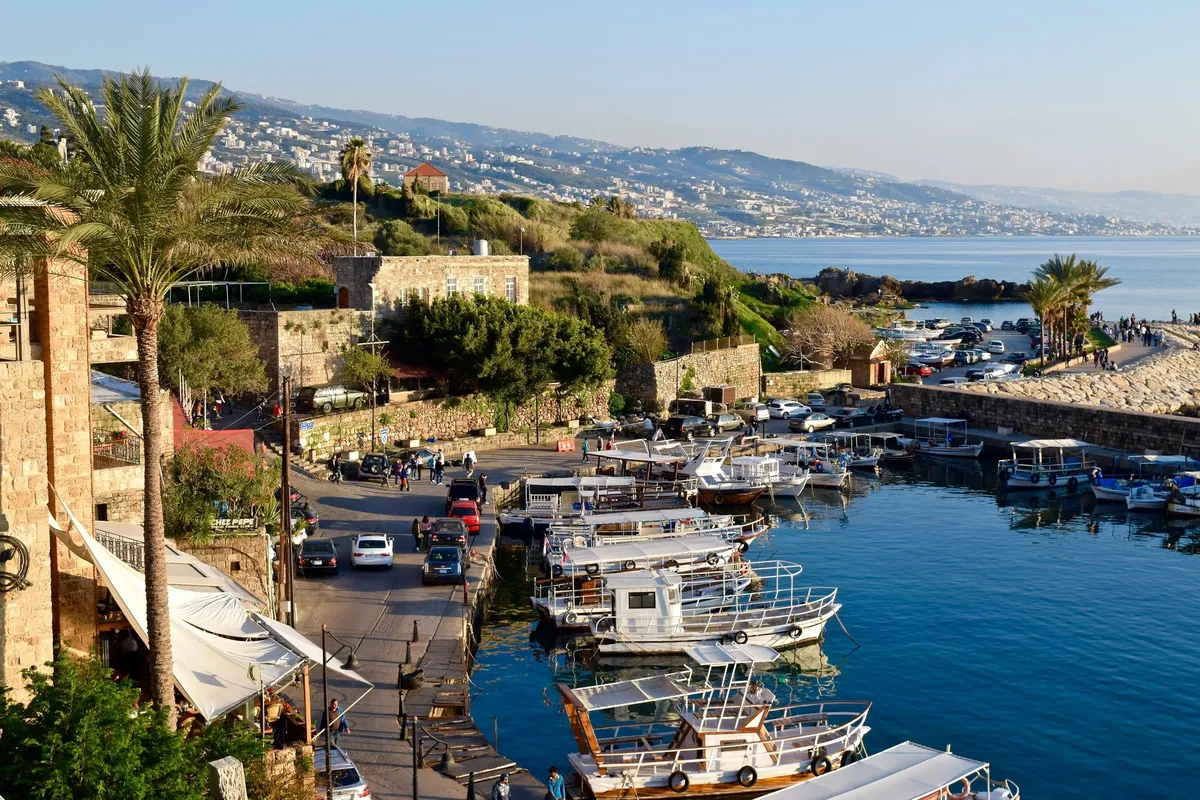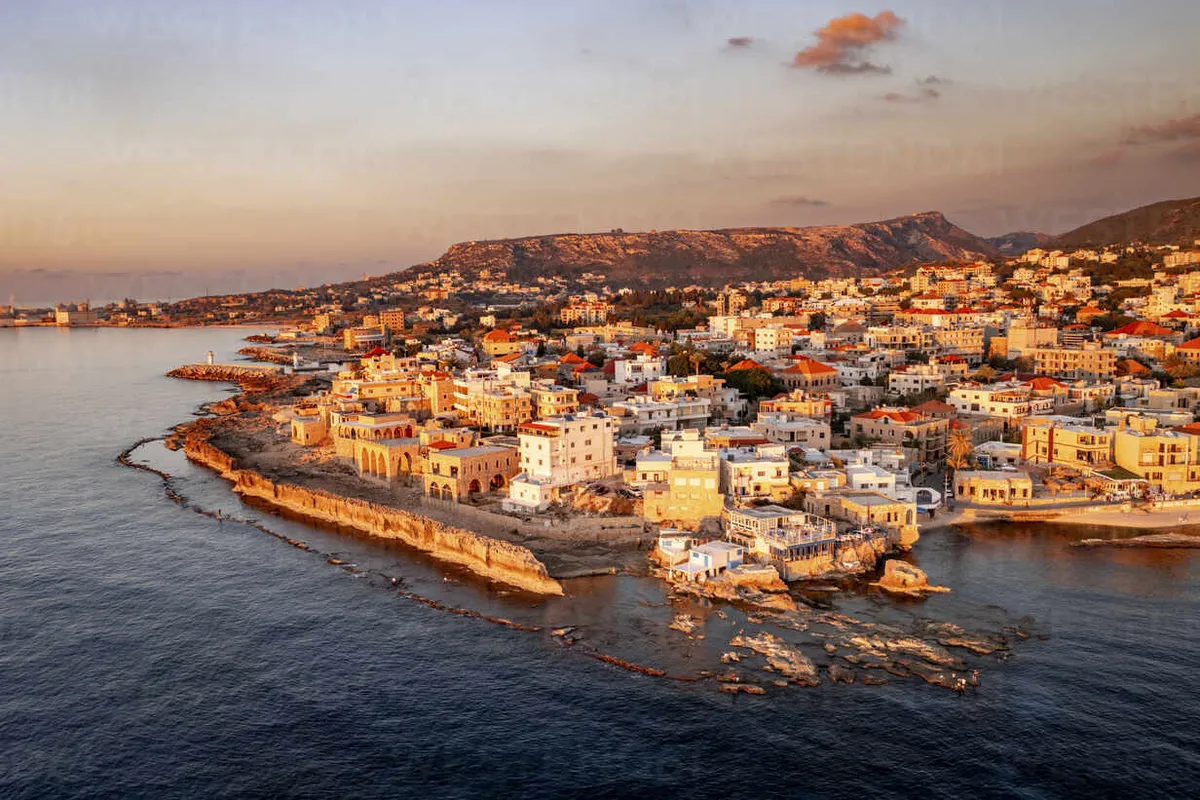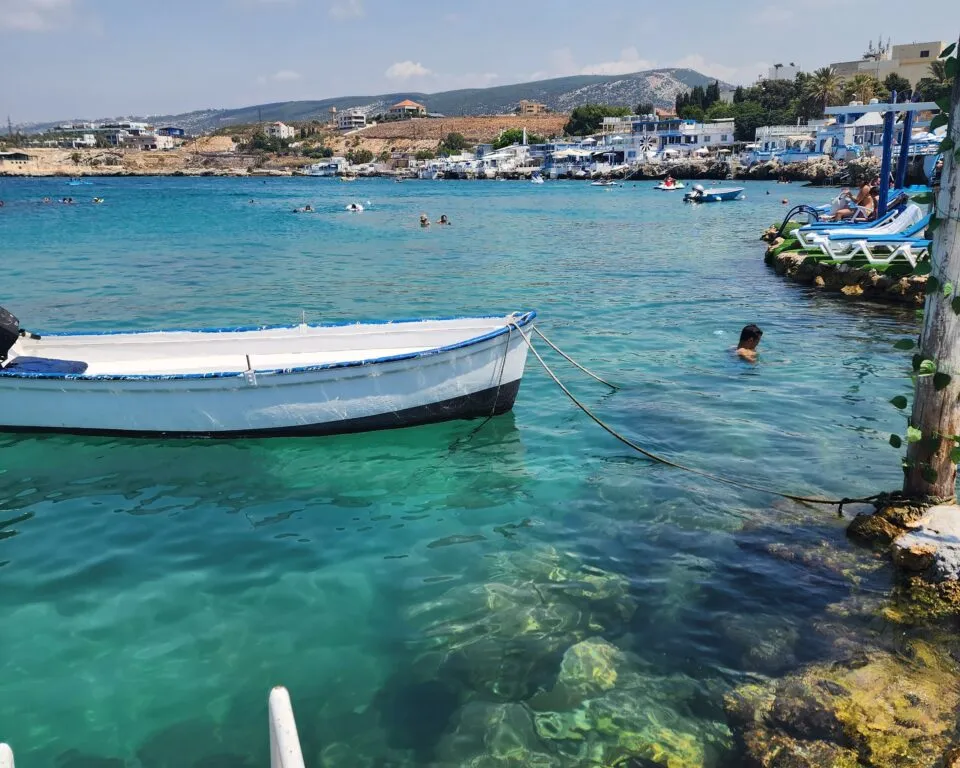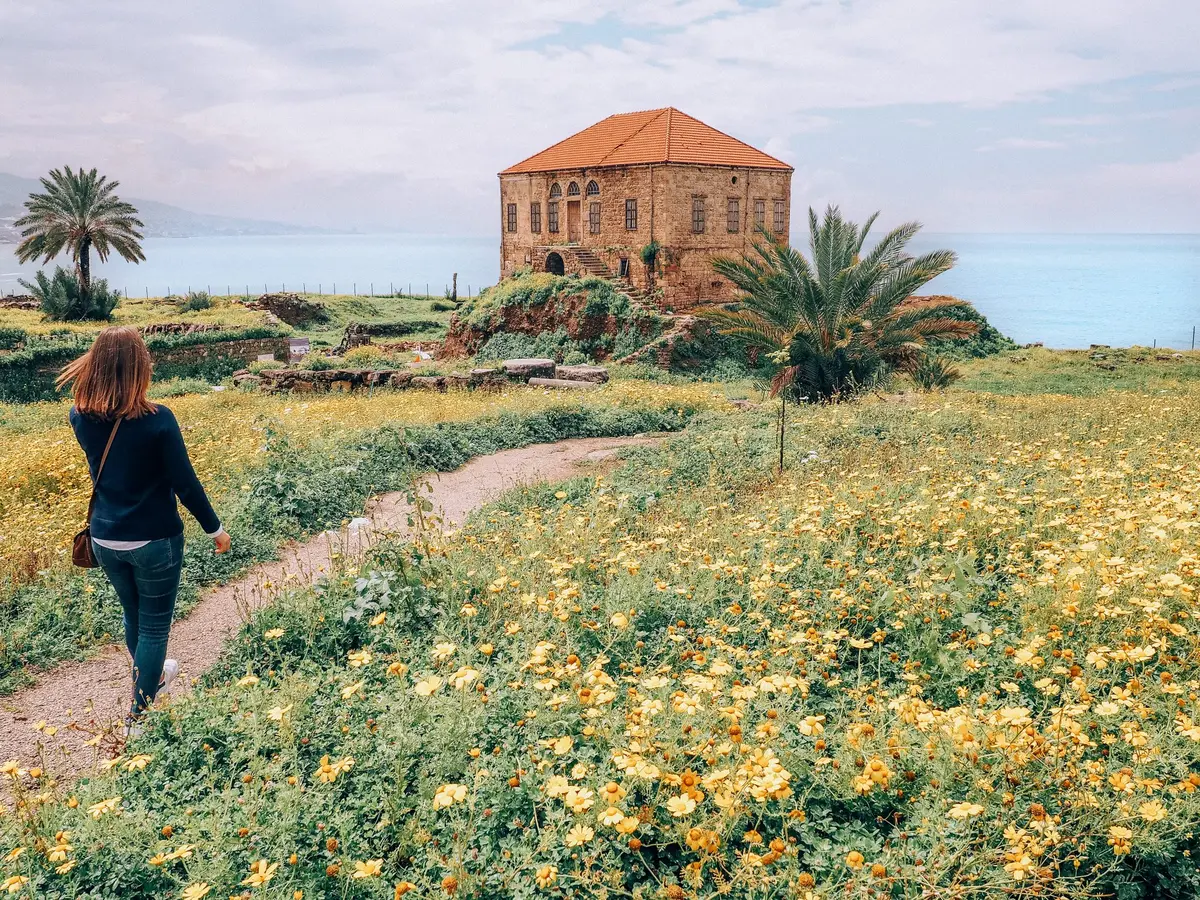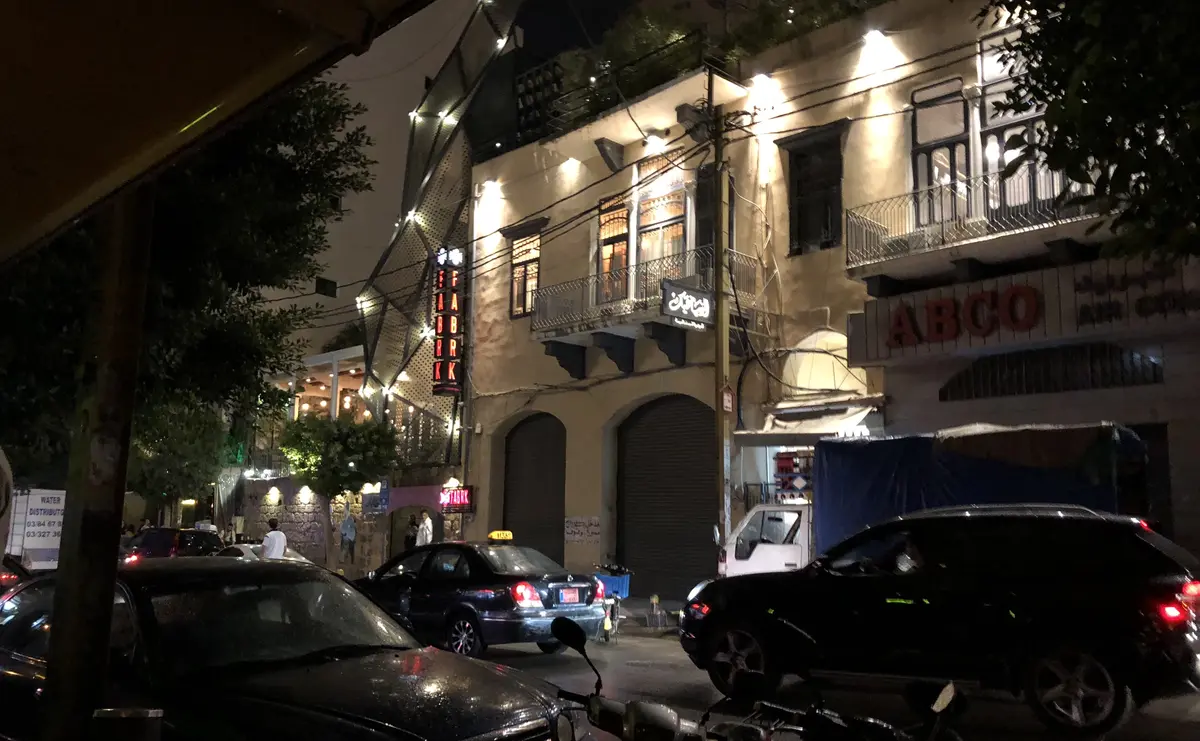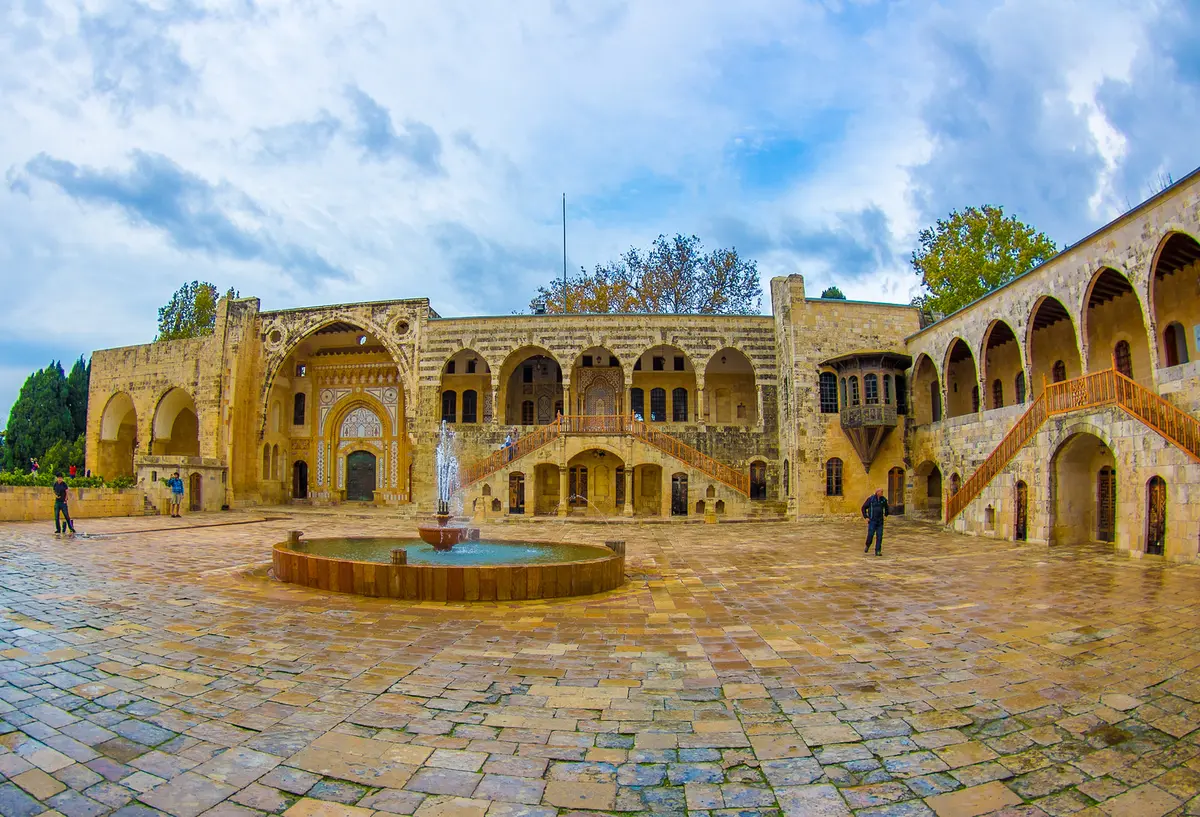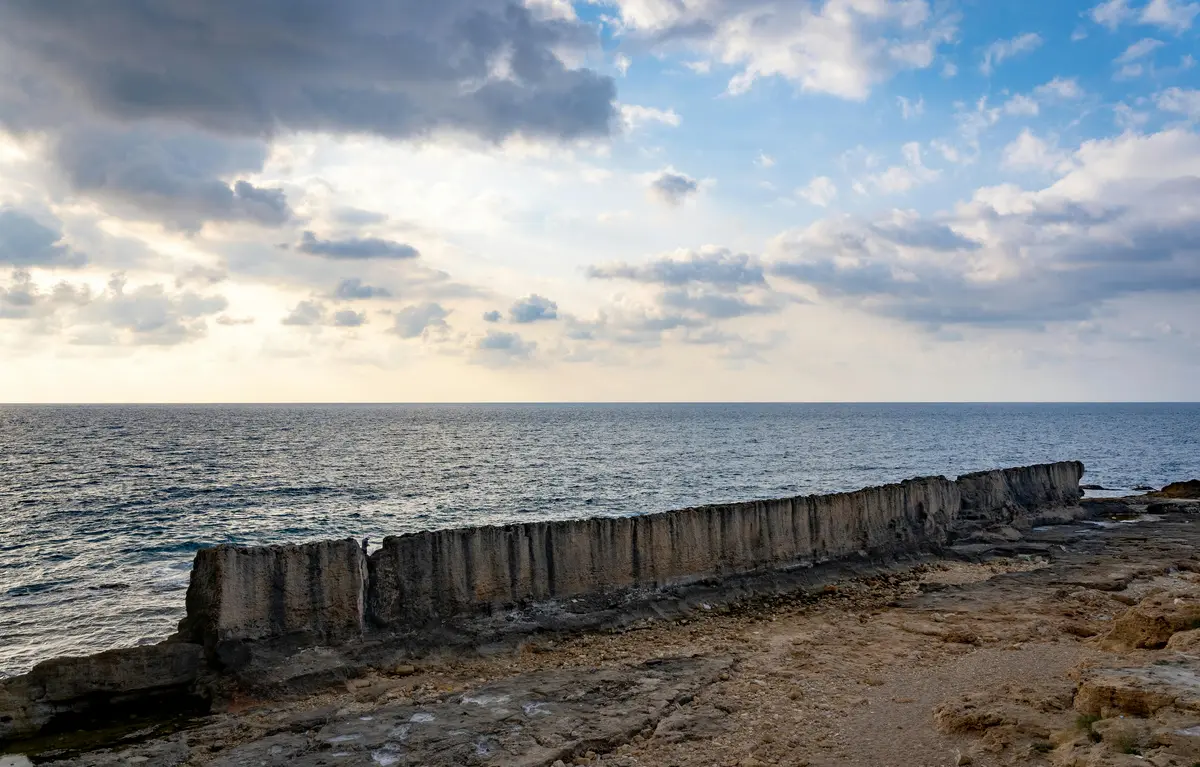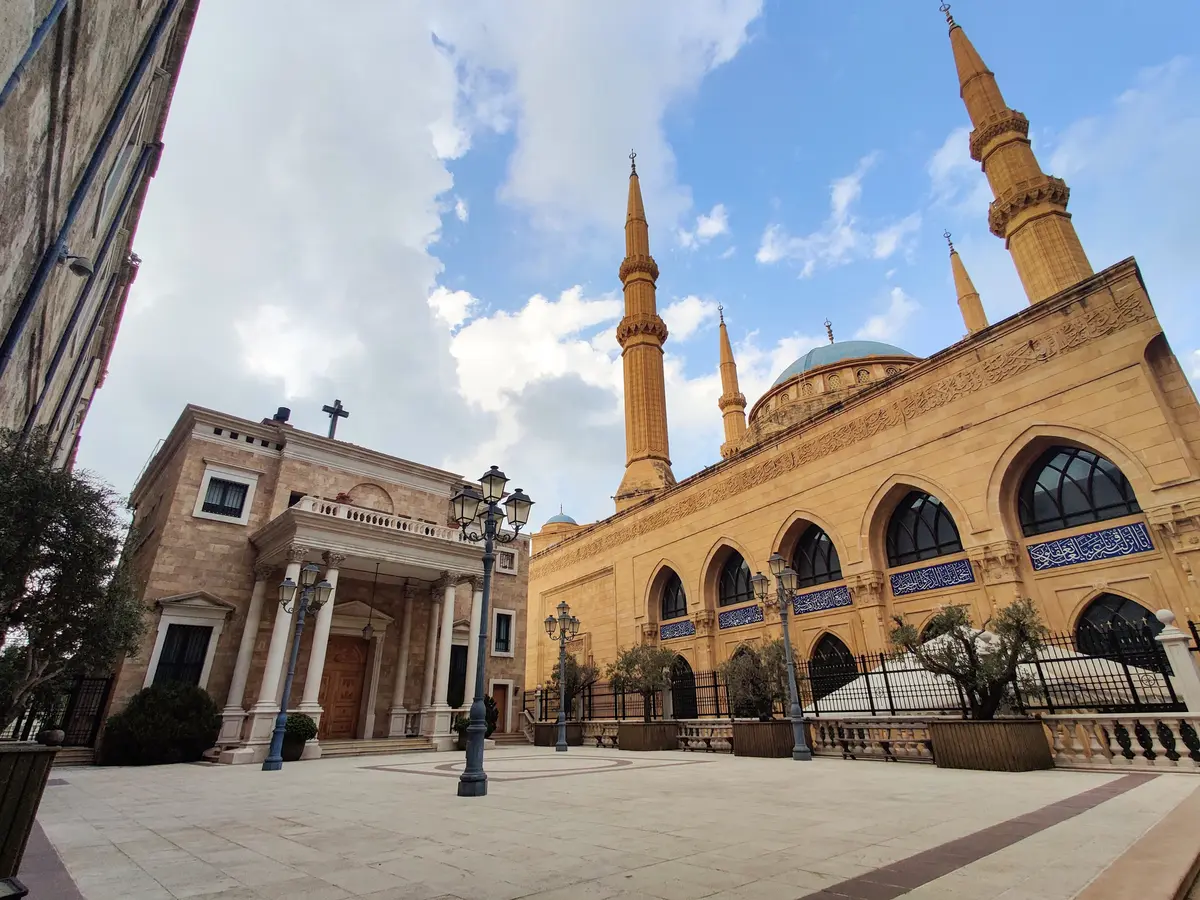Lebanon’s coastline is a study in beautiful contradictions. Along its 220-kilometer stretch, chic beach clubs rivaling St. Tropez sit minutes from ancient Crusader castles. The scent of saltwater mingles with that of street vendors selling sweet ka’ak bread. This is not just a coastline; it’s a vibrant mosaic of Lebanon beaches, history, culture, and modern luxury.
An exploration of these shores reveals the heart of the Lebanese experience: a deep love for life, an appreciation for beauty, and incredible resilience. This guide is built on extensive, on-the-ground analysis and a deep synthesis of firsthand accounts from travelers and locals. It moves beyond generic lists to provide a nuanced, practical roadmap for the experiential traveler.
Key questions are addressed with transparency: Are the Lebanon beaches clean? What is the real safety situation for American travelers? And what is the crucial difference between the free public shores and the exclusive private clubs? This report covers these topics with honesty, providing a comprehensive tool for planning the perfect Mediterranean escape from the historic sands of Tyre in the south to the bohemian surf towns of Batroun in the north.
The Essential Guide to the Lebanese Beach Experience
Understanding the nuances of Lebanon’s beach culture is essential before setting foot on its shores. The coastal experience is shaped by a unique interplay of socio-economic factors, diverse cultural scenes, and environmental realities. This section breaks down the most important factors you need to know before choosing where to lay your towel.
Public vs. Private: The Great Divide
The most fundamental aspect of Lebanon’s coastline is the division between public and private access. This distinction goes far beyond a simple entry fee; it reflects the country’s complex economic and social landscape.
- Public Beaches: These spaces offer a window into authentic local life. Often free, they are where families and residents from all walks of life come together. The atmosphere is typically relaxed and unpretentious. However, quality can be inconsistent. While some, like Tyre, are lauded for their cleanliness, others may suffer from a lack of amenities.
- Private Beach Clubs: In stark contrast, private clubs offer a curated, full-service experience. For an entry fee (ranging from $20 to $50), guests get pristine pools, immaculate facilities, sun loungers, and attentive food service. Each club cultivates a specific “vibe,” from high-energy parties to serene, adults-only luxury.
This divide is a reflection of deeper issues. Approximately 80% of the Lebanese coastline is privatized. Amid a severe economic crisis, these high fees make a clean beach a luxury inaccessible to many locals, who are limited to public access points sometimes compromised by pollution. For a traveler, choosing a beach is an entry into this complex social dynamic.
Decoding the Vibe: Find Your Tribe
Lebanon’s coast caters to a wide spectrum of tastes. Identifying the right “scene” is key:
- The Family-Friendly Sands: Destinations like Tyre Public Beach and Jonas Beach in Jiyeh are known for spacious, sandy shores and calm waters.
- The Bohemian Surf & Social Hubs: The northern town of Batroun is the epicenter of laid-back, creative beach culture, led by spots like Colonel Reef Beach.
- The Chic Adults-Only Escapes: Venues like Orchid in Jiyeh and Butlers Beach Club in Batroun are designed for quiet, sophisticated relaxation.
- The Untouched Natural Havens: Hidden gems like the turquoise coves of Naqoura or the protected reserve of Rabbit Island offer peace and discovery.
A Note on Water Quality and Safety
Water quality is a valid concern. The most authoritative source is the National Center for Marine Sciences (CNRS), which conducts regular monitoring. The 2024 report deemed 26 out of 37 monitored spots safe and recommended for swimming, based on low pollution levels.
However, it’s crucial to acknowledge the problem areas. The CNRS consistently advises against swimming at Beirut’s main public beach, Ramlet al-Baida, and nearby Manara due to very high levels of bacterial contamination. The public beach in Saida has also been flagged. As a general rule, water quality is significantly better further from major urban centers like Beirut and Tripoli.
1. Tyre (Sour): The Golden Standard
Tyre’s public beach, known locally as Sour, is widely regarded as the finest public beach in Lebanon. It’s celebrated for its long, uninterrupted stretch of soft, golden sand and remarkably clear, calm water, making it exceptionally family-friendly.
Why We Love It
The CNRS has consistently rated its waters as safe for swimming. The atmosphere is a vibrant mix of locals, families, and international travelers, creating a welcoming and authentic scene. Firsthand accounts often compare it to a beach in Greece or the south of France. It’s well-equipped with amenities, including restrooms, showers, and volleyball courts.
Top Attractions & Activities
You can rent a simple beach chair and umbrella for a nominal fee ($5-10), making it the most budget-friendly option. The shallow water is safe for children. Beach volleyball is a popular pastime. The beach is just minutes from the extraordinary UNESCO World Heritage site of ancient Tyre, one of the most significant Roman ruins in the Middle East.
The Cultural Context (And a Safety Note)
The real draw is combining an exceptional beach day with a profound journey into history. The ancient city, with its magnificent Roman hippodrome and colonnaded streets, offers a unique cultural experience. Small, family-run seafood restaurants nearby offer fresh catches at reasonable prices.
However, travelers must consider the context. Tyre is in southern Lebanon, near the border with Israel. The U.S. State Department and other advisories frequently cite this region as an area of elevated security concern. While the city itself often feels secure, the potential for rapid escalation exists. Travelers must monitor official advisories.
Practical Information
- Best Time to Visit: May through October.
- Cost: Free entry. Chair/umbrella rentals are $5-$10.
- Location: Al Mina Archaeological Site (for ruins). The beach stretches along the coast just west of the city center.
2. Naqoura: The Secret Turquoise Paradise
Tucked at Lebanon’s southernmost tip, Naqoura is arguably its most breathtaking beach destination. This is for the traveler seeking unspoiled natural beauty far off the beaten path. The draw is a series of small, protected coves with startlingly clear, turquoise water and a rocky, dramatic coastline.
Why We Love It
The setting is pristine and almost entirely undeveloped, offering a rare glimpse of the natural Lebanese coast. The main activities are simple: swimming in the crystal-clear waters, snorkeling around the rocks, and soaking in the absolute tranquility.
Differentiating Factors
Naqoura stands apart due to its complete isolation. There are no beach clubs, no music, and no commercial development. It is the polar opposite of the high-energy scenes elsewhere. This means visitors must be entirely self-sufficient. Bring ample water, snacks, sun protection, and all other necessities.
Critical Safety Warning
This is the most significant drawback. Naqoura sits directly on the “Blue Line,” the UN-demarcated border with Israel. The presence of the United Nations (UNIFIL) is prominent. Proximity to this active border means the risk is higher here than almost anywhere else. This destination requires a high tolerance for risk and a deep understanding of the geopolitical context. Check the very latest U.S. State Department advisories immediately before any planned visit.
Practical Information
- Best Time to Visit: Late spring through early fall for calm seas.
- Cost: Free.
- Location: South Governorate, at the border. The drive from Beirut is 1.5-2 hours.
3. Jiyeh: Where Families and Luxury Seekers Converge
Jiyeh, a coastal town south of Beirut, has emerged as a prime destination offering a unique dual character. It caters perfectly to both families and adults-only luxury seekers.
Top Attractions: Two Different Worlds
- Jonas Beach: The go-to choice for families. It features a long sandy shoreline, shallow water, swimming pools, playgrounds, and dining options in a relaxed atmosphere.
- Orchid: Jiyeh’s premier adults-only beach club. It’s designed for quiet, sophisticated relaxation with pristine pools, plush loungers, and a refined, tranquil ambiance.
Differentiating Factors
Jiyeh’s strength is its versatility. It’s a practical base for groups with mixed needs. However, it is primarily a daytime destination and lacks the nightlife of Batroun or Beirut. Entrance fees are in the mid-to-upper range, especially on weekends.
Practical Information
- Best Time to Visit: June through September.
- Cost: $20-$40 per person, varying by day and club.
- Location: Jiyeh Coastal Highway (Old Sidon Road), Mount Lebanon Governorate. A 30-40 minute drive from Beirut.
4. Damour: The Sophisticated Hidden Oasis
Damour, located between Beirut and Sidon, is home to some of Lebanon’s most stylish and design-forward beach clubs. It’s a favorite among Beirut’s cosmopolitan crowd seeking a refined experience without the pretense.
Top Attraction: Lost at Sea
This is Damour’s crown jewel. The design is impeccable, blending natural materials and chic, minimalist furnishings. The atmosphere is deliberately calm and sophisticated. This adults-only club’s food and cocktail menu is a highlight, featuring fresh, locally sourced ingredients.
Differentiating Factors
Lost at Sea distinguishes itself through aesthetics and a curated, boutique-like experience. The vibe is sophisticated without being stuffy. This exclusivity comes at a price; it’s one of the pricier clubs in Lebanon, and reservations are highly recommended.
Practical Information
- Best Time to Visit: May through October.
- Cost: $30-$45 per person, with higher prices on weekends.
- Location: Damour coastal road, Mount Lebanon Governorate. A 20-30 minute drive south of Beirut.
5. Ramlet al-Baida: Beirut’s Public Heart (With a Caveat)
Ramlet al-Baida is Beirut’s main public beach, a long, sandy stretch in the city’s western suburbs. It holds a special place as one of the few remaining free-access beaches in the capital, offering a vibrant, bustling slice of local life.
The Vibe: Beirut’s Social Hub
The primary draw is the authentic local atmosphere. It’s a place to people-watch, play beach games, and experience everyday Beirut. For travelers interested in local culture over a curated experience, it offers a valuable glimpse into the city’s social fabric.
The Critical Health Warning
There is one critical and non-negotiable caveat: the water quality is severely compromised. The National Center for Marine Sciences (CNRS) consistently rates the water as unsafe for swimming due to very high levels of bacterial contamination from sewage runoff. While many locals still swim here, it poses a significant health risk.
Practical Information
- Best Time to Visit: For a walk or to soak in the atmosphere (not for swimming).
- Cost: Free.
- Location: Corniche Manara, Ras Beirut, Beirut. Enjoy the beach for its social value, not for swimming.
6. Jounieh and Maameltein: Party Central
The bay of Jounieh and the adjacent area of Maameltein form the undisputed party capital of Lebanon’s central coast. This is where the energy is high, the music is loud, and the social scene is at its most vibrant.
Top Attractions & Beach Clubs
- Veer Beach Club: Known for its pulsating atmosphere, top DJs, and stylish, trendy crowd.
- Tiki Bar: A long-standing favorite with a more laid-back, tropical-themed party vibe.
- Rocca Island: A unique venue on a rocky outcrop, accessible by a short boat ride, known for stunning sunset views and a see-and-be-seen crowd.
- Holiday Suites Beach Resort: A more family-oriented option in the area with a calmer atmosphere.
Differentiating Factors
Jounieh is defined by its social and celebratory atmosphere. It’s convenient, just a short drive north of Beirut. The downside is that it can be overwhelming for those seeking peace and quiet. Prices at top clubs are high, and the scene can feel commercialized.
Practical Information
- Best Time to Visit: June through September for peak party season.
- Cost: $20-$40 per person, higher for special DJ events.
- Location: Coastal highway between Jounieh and Maameltein. A 20-30 minute drive north of Beirut.
7. Byblos (Jbeil): Where History Meets the Sea
Byblos, one of the oldest continuously inhabited cities in the world and a UNESCO World Heritage site, offers a unique beach experience where a day by the sea is combined with a journey through millennia of history.
Top Attractions & Activities
The main public beach, Eddé Sands, is a clean, free-to-access sandy stretch near the old town. The real treasure, however, is the ancient archaeological site, which includes Phoenician temples, a Roman amphitheater, and a medieval Crusader castle. The old souk (market) and picturesque harbor are perfect for an evening stroll.
Differentiating Factors
Byblos is unparalleled in its combination of beach and historical significance. A perfect day includes a morning swim, an afternoon exploring ruins, and dinner at the harbor. The beaches themselves are not Lebanon’s most spectacular, and the area can be crowded with tourists, but the overall experience is unmatched for cultural travelers.
Practical Information
- Best Time to Visit: April through October.
- Cost: Eddé Sands is free. The Byblos Archaeological Site fee is $5-$10.
- Location: Byblos, Jbeil District. A 30-45 minute drive north of Beirut.
8. Batroun: The Undisputed King of Coastal Cool
Batroun has achieved near-legendary status. It’s the destination that perfectly encapsulates the spirit of the Lebanese coast: a blend of ancient history, stunning natural beauty, vibrant social life, and an effortlessly cool, laid-back vibe. For many, it’s the best beach town in Lebanon.
Top Attractions & Activities
- Colonel Reef Beach: Batroun’s most famous free-entry beach. With a distinct surf-shack aesthetic, it’s a relaxed, unpretentious, and social hub beloved by locals and travelers.
- Nowhere Beach: Another popular free-entry, bohemian spot known for live music.
- Butlers Beach Club: The premier adults-only club for a sophisticated, serene environment with beautiful pools and excellent service.
- The Old Town: A charming labyrinth of narrow streets, historic churches, and ancient Phoenician walls, also famous for its local craft beer scene.
Why Batroun is Our Top Pick
Batroun’s greatest strength is its diversity. It caters to budget backpackers and luxury seekers alike without compromising its authentic character. The free beaches keep it inclusive, while upscale clubs provide comfort. It balances a vibrant social scene with a laid-back, welcoming atmosphere that never feels overly touristy.
Practical Information
- Best Time to Visit: May through October.
- Cost: Free beaches (Colonel, Nowhere). Clubs like Butlers charge $25-$40.
- Location: North Governorate, 45-60 minutes north of Beirut. The town is easily walkable.
9. Anfeh and Amchit: The Rugged, Authentic North
The coastal towns of Anfeh and Amchit, north of Batroun, offer a more rugged, authentic, and less commercialized beach experience for those who prefer natural beauty over polished amenities.
Top Attractions & Activities
- Anfeh: This small fishing village is known for its stunning rocky coastline and crystal-clear water, which consistently receives high marks from the CNRS. It’s famous for its ancient sea salt pans.
- Amchit Coves: Just south of Batroun, these rocky coves are hidden gems for swimming, snorkeling, and cliff jumping in natural, undeveloped settings. Water shoes are essential due to the rocky terrain.
Differentiating Factors
These towns are distinguished by their authenticity. The focus is on the sea itself. The trade-off is a lack of amenities; you must be self-sufficient and bring your own supplies. The rocky coast is not ideal for families with young children.
Practical Information
- Best Time to Visit: May through October.
- Cost: Free.
- Location: North Governorate, about 1 to 1.5 hours north of Beirut.
10. Tripoli and Rabbit Island: Northern Adventure
The northern city of Tripoli and the nearby Palm Islands Nature Reserve (Rabbit Island) offer a unique combination of urban exploration and pristine natural escape for the adventurous traveler.
Top Attractions & Activities
First, explore Tripoli’s beautifully preserved old souk and Mamluk-era history. Then, take a short boat ride from the harbor to Rabbit Island. This protected, uninhabited island is a haven for endangered sea turtles and migratory birds. It features pristine, unspoiled beaches and incredibly clear turquoise water.
Differentiating Factors
Rabbit Island is unique. It’s an experience of untouched natural beauty. The boat ride costs only around $5 per person. However, this means there are zero facilities. No shops, no restrooms, no shade. You must bring everything you need. Tripoli itself is less touristic than Beirut, so cultural sensitivity is important.
Practical Information
- Best Time to Visit: May through October for calm seas.
- Cost: ~$5 per person for the round-trip boat ride.
- Location: Boat departure from Tripoli’s harbor. Tripoli is 1.5 hours north of Beirut.
Practical Guide for the Savvy Traveler
Navigating a trip to Lebanon requires preparation and awareness. Here is the most critical practical information for a smooth, safe, and respectful journey to the country’s beaches.
Safety & Travel Advisories: An Honest Look for US Travelers
It’s imperative to be aware of official guidance. The U.S. Department of State currently maintains a “Level 4: Do Not Travel” advisory for Lebanon, citing risks of crime, terrorism, civil unrest, and potential armed conflict.
However, these risks are often highly localized. The areas of highest concern are typically the southern border with Israel (near Naqoura and Tyre), the border with Syria, and specific suburbs of Beirut.
The reality for many travelers is that life in main coastal hubs like Batroun, Byblos, Jounieh, and central Beirut often continues with a sense of normalcy. The key is to make an informed decision by balancing official warnings with an understanding of the localized risks.
Actionable Safety Advice:
- Always check the latest U.S. State Department advisory before booking and departure.
- Strictly avoid the specific high-risk border areas.
- Maintain situational awareness and avoid large political demonstrations.
- Use reputable, pre-arranged transportation.
Budgeting Your Beach Days in Lebanon
- Free: Most public beaches (Tyre, Byblos, Colonel Reef in Batroun).
- Budget-Friendly ($5-$15): Boat ride to Rabbit Island or chair rentals.
- Mid-Range ($20-$35): Standard weekday/weekend entry to most private clubs (Orchid, Butlers).
- Luxury Splurge ($40+): Weekend entry at the most exclusive resorts.
Beach Etiquette & What to Pack
Lebanon is one of the most socially liberal countries in the Middle East, and its beach culture reflects this.
- Dress Code: Wearing a bikini is completely normal and accepted on both public and private beaches in the main coastal cities.
- The Golden Rule: A bikini is for the beach and poolside only. Always put on a cover-up, sarong, or t-shirt when walking to a nearby street, café, or restaurant. This shows cultural respect. Topless sunbathing is not accepted.
Essential Items to Pack:
- High-SPF Sunscreen: The Mediterranean sun is intense.
- Beach Cover-Up/Sarong: Crucial for etiquette.
- Water Shoes: A necessity for the rocky coves of Amchit, Anfeh, and Batroun.
- Reusable Water Bottle: Stay hydrated.
- Cash (USD and LBP): US dollars are widely accepted, but LBP is useful for small vendors.
- Portable Power Bank: The national grid is unreliable, and power cuts are frequent.
Lebanon’s coastline is a microcosm of the country itself: diverse, complex, and full of life. It offers a perfect match for nearly every traveler. Exploring these shores is about more than just sun and sea. It’s about witnessing the incredible resilience and vibrant spirit of a nation that continues to celebrate life. A trip to these shores will reveal one of the Mediterranean’s most soulful and memorable coastlines.
